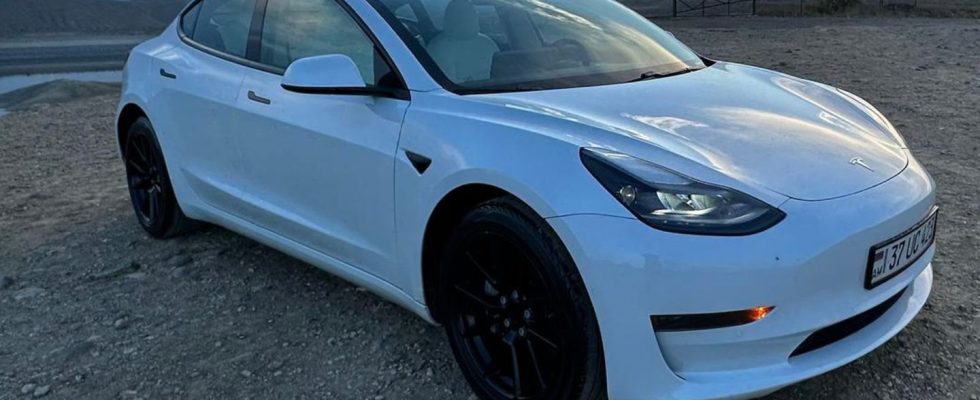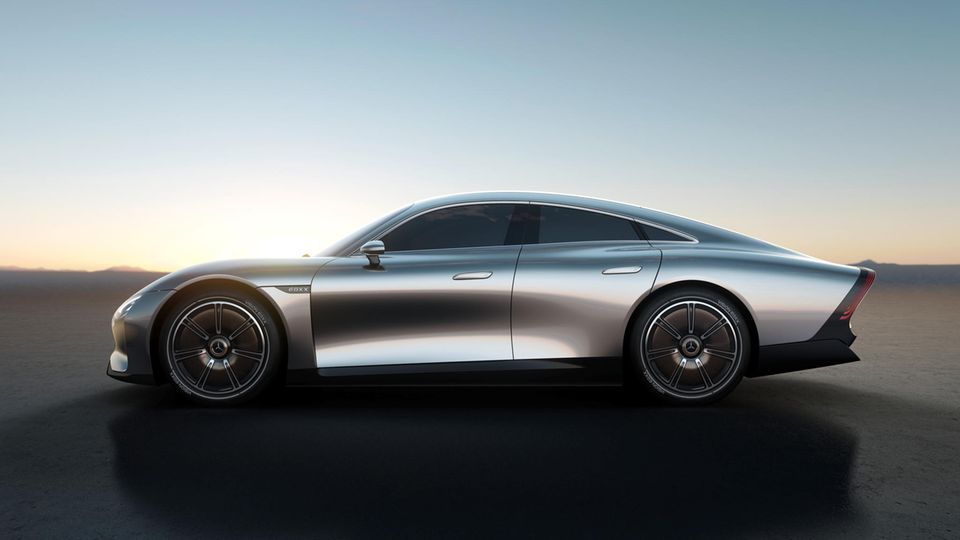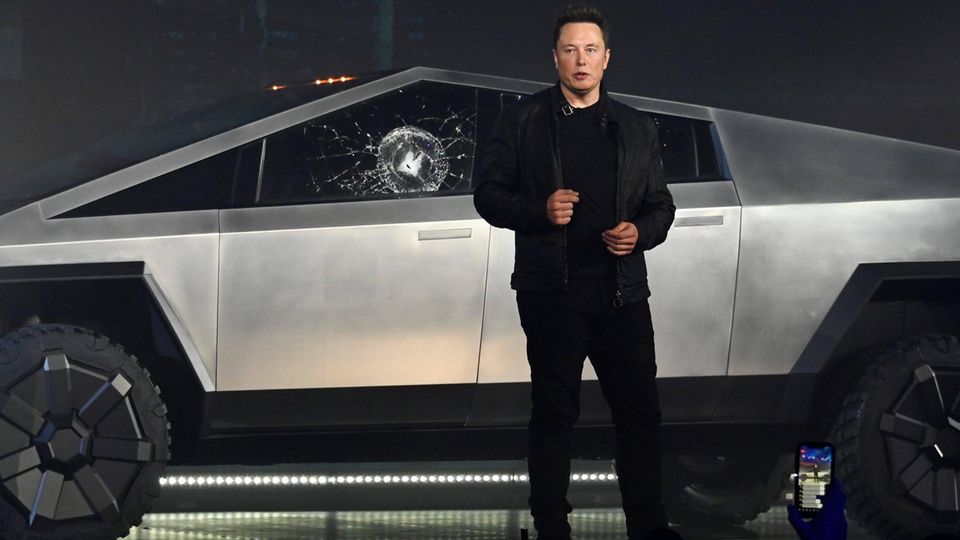Many defects
“Tesla pushes Dacia out of last place” – Tesla fails the TÜV report with Model 3
The Tesla Model 3 is an extremely popular vehicle. In terms of quality, however, it appears to be at a disadvantage compared to models from other manufacturers.
© Wirestock / Imago Images
According to the current used car report from TÜV and “Auto Bild”, the Tesla Model 3 does not perform well at all in general inspections – even in comparison to other electric cars.
“Auto Bild” examined 111 vehicles in collaboration with TÜV for a used car report. Tesla was represented for the first time with the popular Model 3 – and took last place. 111. The TÜV even headlines: “Tesla displaces Dacia”. The report is published annually and highlights the average failure rate for TÜV appointments. This rate is based on the number of exam failures per 100 Cars. “Auto Bild” finally evaluates this data and uses it to create a ranking.
In the “two- and three-year-old” category, which refers to the age of the cars, the previous bottom performer was actually Dacia – the Renault subsidiary always struggles with comparatively noticeable quality problems in all age groups because every euro counts when building the cars. Apparently this pays off at the latest during the main inspection. In this year’s report, the Dacia Logan also comes in second to last place among the youngest cars with 11.4 percent.
Tesla struggles with brakes and axle suspension
According to the report, only the Tesla Model 3 is even worse and with a rate of 14.7 percent. The most common weak points in the cars were in the areas of axle suspension and brake discs. Both are known problem areas for electric cars. The axles suffer from the heavy weight of the batteries, brakes rust more quickly if you often only recuperate and rarely use the pedal.
Of course, problems can arise with most vehicles after three years. What is striking, however, is how high Tesla is above average when it comes to the defects mentioned. When it comes to axles, the manufacturer performs 14 times worse than all other tested vehicles in this age group – and the overall rate is nine percent above average.
With this in mind, it is quite interesting that Tesla does not charge for any inspections. The manufacturer’s website simply states: “Your Tesla does not require annual inspections or regular changes of operating fluids. However, please check your manual regularly for the latest maintenance recommendations for your vehicle.”
Other electric cars perform better, but the masses are yet to come
Of the three electric cars included in the report, only Tesla is struggling so much with these problems. The Renault Zoe comes in 44th with a rate of 5.1 percent, the VW e-Golf is even close to the podium with 2.6 percent and takes fourth place.
The reason why only three electric cars made it into the report is due to the registrations. Only cars with a certain level of distribution on the market are eligible for the ranking, as we want to avoid distorting the statistics, for example due to extreme or lucky cases. In addition, privately used cars only have to undergo an MOT after three years, which is still the case for many new vehicles from newer, often Chinese, manufacturers.
Sources: Car picture, TÜV, Tesla




